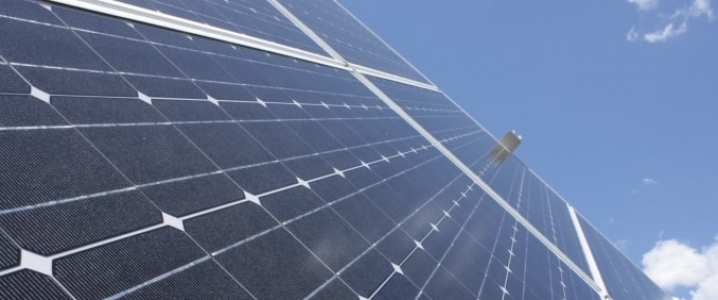
Performance since project start-up
Figure 1 shows daily mean percent renewables generation since full operations began on June 27, 2015. The data are from Red Eléctrica de España (REE):
 Figure 1: Daily average percentages of diesel & renewables (wind plus hydro) sent to the El Hierro grid since startup. The black lozenges show monthly means.
Figure 1: Daily average percentages of diesel & renewables (wind plus hydro) sent to the El Hierro grid since startup. The black lozenges show monthly means.
The Table below updates the monthly grid statistics since project startup on June 27, 2015 through December 31, 2018:
Fourth Quarter 2018 performance
Figure 2 plots the REE 10-minute generation data for October, November and December 2018:
 Figure 2: Total generation by source, 4Q 2018, ten-minute REE data
Figure 2: Total generation by source, 4Q 2018, ten-minute REE data
During 4Q 2018 the 11.5 MW wind farm generated a total of 4,053 MWh, representing a capacity factor of 16.0%. But because of inadequate storage coupled with the tendency of the wind to blow in gusts only 64% (2,597 MWh) of this generation was delivered to the grid. The remainder was consumed in uphill pumping. Figure 3 shows total wind generation (wind to grid plus wind to pumping) during the quarter. There is no evidence for any significant curtailment of turbine output. The bimodal distribution of wind generation (either “on” or “off”) discussed in the previous report is again evident.
…click on the above link to read the rest of the article…



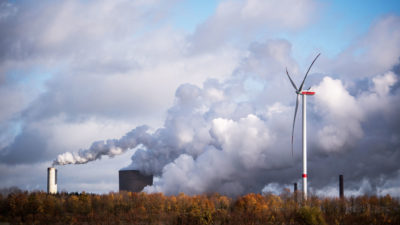
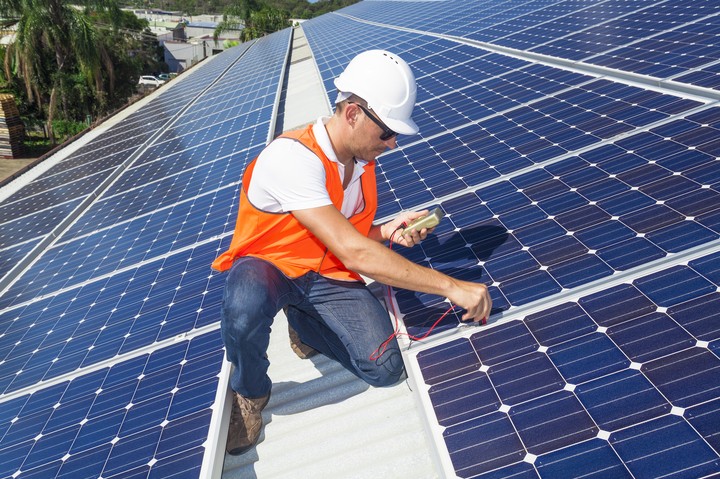
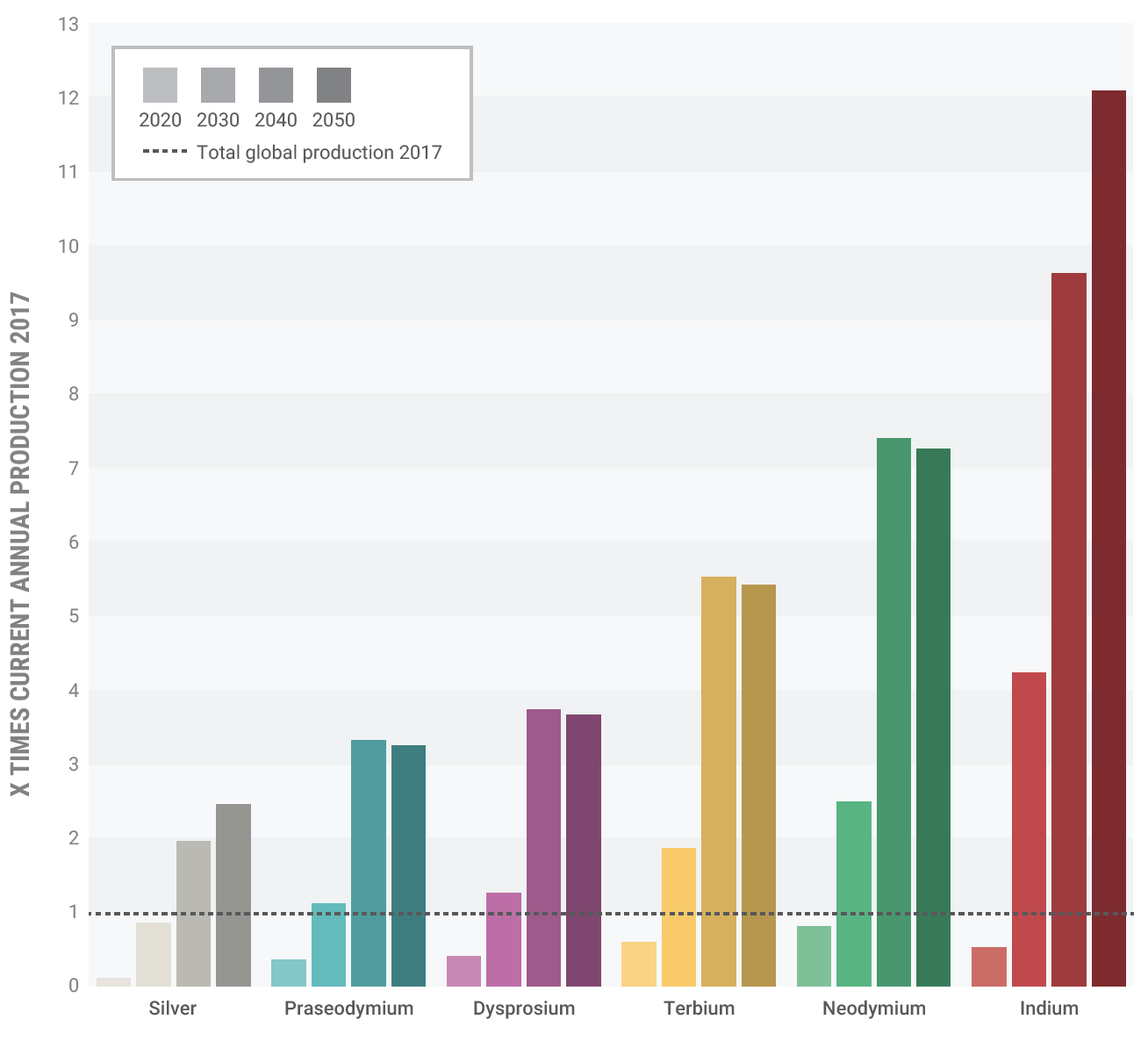


 Tesla has repeatedly claimed in publications, articles and tweets from Elon Musk that its Reno, Nevada Gigafactory will be powered 100% by renewables. Specifics on exactly how Tesla plans to do this are sparse, but the data that are available suggest that Tesla’s 70MW rooftop solar array won’t come close to supplying the Gigafactory’s needs and that the other options that Tesla is now or has been considering (more solar, possibly wind, battery storage) will not bridge the gap. As a result the Gigafactory will probably end up obtaining most of its electricity from the Nevada grid, 75% of which is presently generated by fossil fuels.
Tesla has repeatedly claimed in publications, articles and tweets from Elon Musk that its Reno, Nevada Gigafactory will be powered 100% by renewables. Specifics on exactly how Tesla plans to do this are sparse, but the data that are available suggest that Tesla’s 70MW rooftop solar array won’t come close to supplying the Gigafactory’s needs and that the other options that Tesla is now or has been considering (more solar, possibly wind, battery storage) will not bridge the gap. As a result the Gigafactory will probably end up obtaining most of its electricity from the Nevada grid, 75% of which is presently generated by fossil fuels. The list of countries, states, cities and towns that have announced ambitious plans to go 100% renewable continues to grow. The latest entrant is Spain, which according to
The list of countries, states, cities and towns that have announced ambitious plans to go 100% renewable continues to grow. The latest entrant is Spain, which according to 
 Photo from Pixabay
Photo from Pixabay

 Well over half of Scotland’s wind generation between January 12, 2018 and the present was exported to England and not consumed in Scotland. Euan Mearns reached substantially the same conclusion in his review of
Well over half of Scotland’s wind generation between January 12, 2018 and the present was exported to England and not consumed in Scotland. Euan Mearns reached substantially the same conclusion in his review of  A number of operating small-scale renewables plants provide advance warning of the potential problems involved in transitioning the world to renewable energy, but only two of them – Gorona del Viento in the Canary Islands (GdV) and King Island, Tasmania (KI) – provide grid data that allow their performance to be checked. In this post I summarize the results of another batch of KI data covering the period from July 15 through September 30, 2018. Over this period KI generated about 60% of its electricity from renewables, effectively the same estimate as I made for October and November 2017 in
A number of operating small-scale renewables plants provide advance warning of the potential problems involved in transitioning the world to renewable energy, but only two of them – Gorona del Viento in the Canary Islands (GdV) and King Island, Tasmania (KI) – provide grid data that allow their performance to be checked. In this post I summarize the results of another batch of KI data covering the period from July 15 through September 30, 2018. Over this period KI generated about 60% of its electricity from renewables, effectively the same estimate as I made for October and November 2017 in 
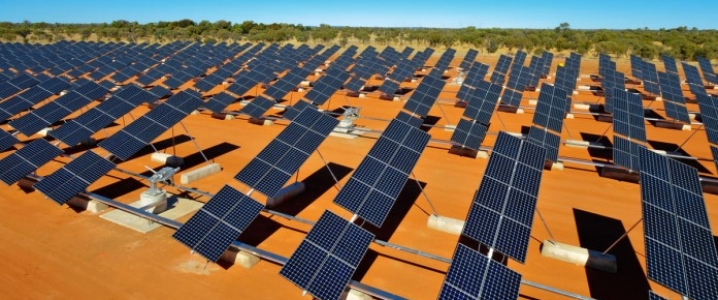
 A number of “100% renewable” studies foresee wholesale electrification as the best way to cut emissions. In this post I compare load curves from three European countries where electric heating is not widely used (Spain, Germany and Poland) with one where it is (France). The annual load curves for Spain, Germany and Poland do not show large seasonal load variations or high winter peak loads, but because of electric heating the load curve for France shows both large seasonal variations and a strong winter peak. France’s electric heaters will therefore have offset a substantial tonnage of CO2 emissions at the expense of making the grid more difficult to manage. Considerations such as the performance of France’s nuclear fleet and the impact of France’s electric heaters on “demand response” are also discussed.
A number of “100% renewable” studies foresee wholesale electrification as the best way to cut emissions. In this post I compare load curves from three European countries where electric heating is not widely used (Spain, Germany and Poland) with one where it is (France). The annual load curves for Spain, Germany and Poland do not show large seasonal load variations or high winter peak loads, but because of electric heating the load curve for France shows both large seasonal variations and a strong winter peak. France’s electric heaters will therefore have offset a substantial tonnage of CO2 emissions at the expense of making the grid more difficult to manage. Considerations such as the performance of France’s nuclear fleet and the impact of France’s electric heaters on “demand response” are also discussed.

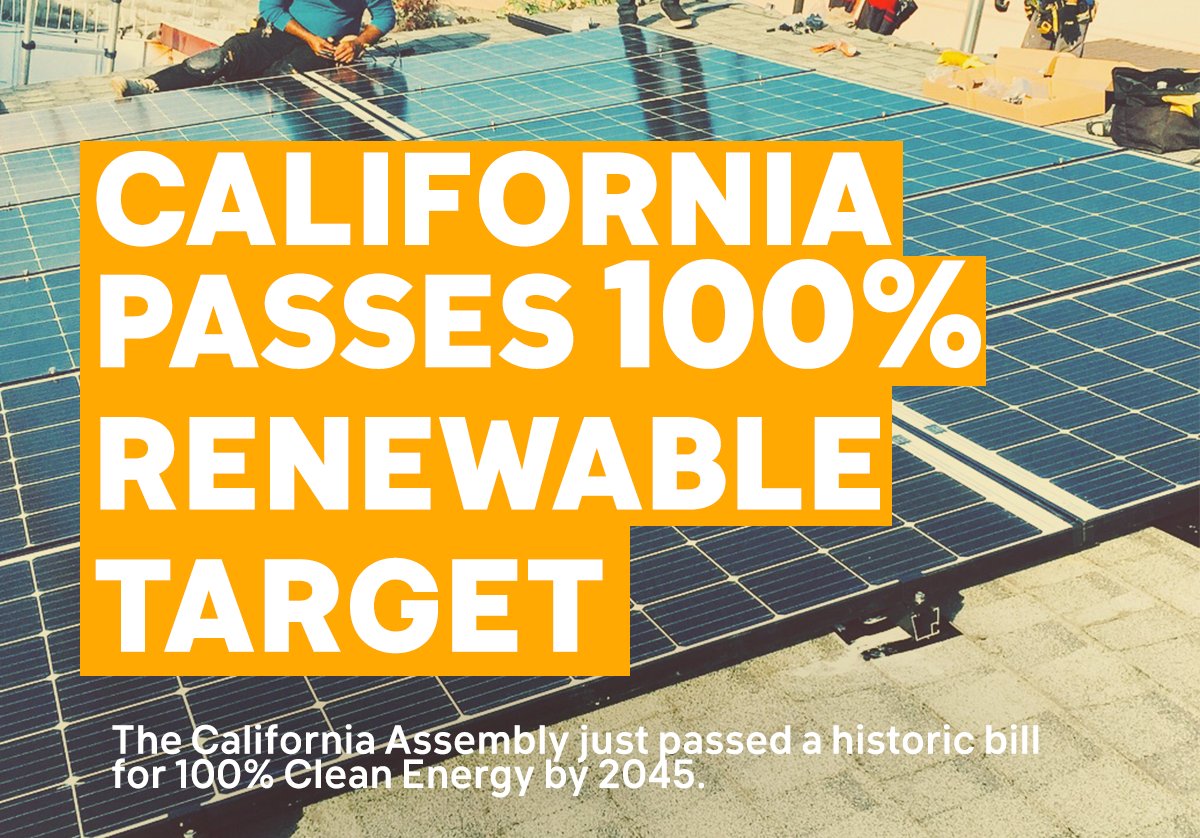 The California legislature just passed Assembly Bill 100 (AB100), which according to the inset calls for “100% clean energy by 2045”. The brief review presented in this post shows that AB100, which targets electricity, not energy, will cut California’s greenhouse gas emissions by only about 16% even in the unlikely event its target is met. Its main impact will be to add to the regulatory overload from which California’s electricity providers already suffer. The fact that the bill was passed at all indicates that California legislators, as well as being unable to tell the difference between megawatts and megawatt-hours, are also unable to tell the difference between electricity and energy.
The California legislature just passed Assembly Bill 100 (AB100), which according to the inset calls for “100% clean energy by 2045”. The brief review presented in this post shows that AB100, which targets electricity, not energy, will cut California’s greenhouse gas emissions by only about 16% even in the unlikely event its target is met. Its main impact will be to add to the regulatory overload from which California’s electricity providers already suffer. The fact that the bill was passed at all indicates that California legislators, as well as being unable to tell the difference between megawatts and megawatt-hours, are also unable to tell the difference between electricity and energy.